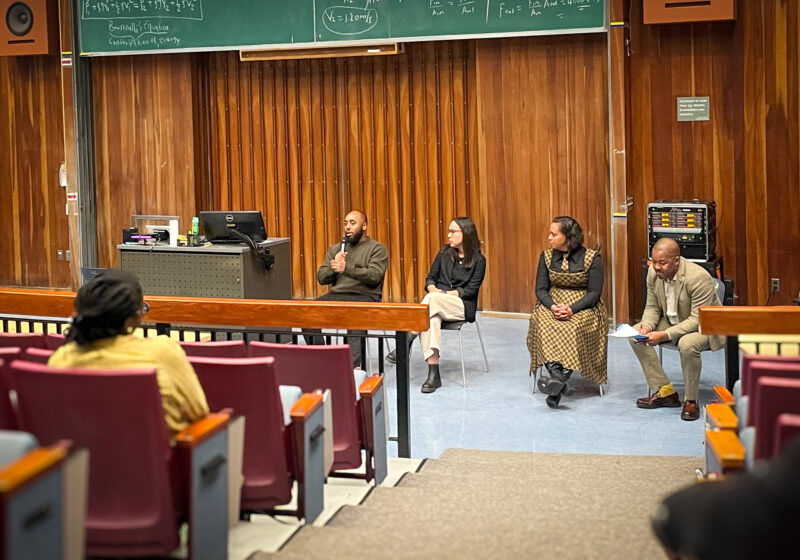One long-standing, little-known UR myth is the existence of a bomb shelter in Rush Rhees Library. While the myth’s validity still remains uncertain, a wealth of historical support for the bomb shelter exists.
At the start of the twentieth century, during the first two world wars, the threat of bombings increased across the nation, causing colleges and universities to begin to take the necessary precautions to protect students and faculty. This was done by designating areas within buildings as fallout shelters in which people on a college campus could seek refuge in the case of a confirmed threat.
Along with many other institutions, under the leadership of UR President W. Allen Wallis, the University appropriated many areas within academic and residential buildings to be considered shelters in the case of an attack on the school.
“Parts of almost all buildings on the River Campus and the [UR] Medical Center and [the] Eastman School of Music will be designated shelter areas,” Wallis said in a 1964 article published in the Democrat and Chronicle.
This decision was also reiterated in a newsletter released by UR’s Office of Public Relations on May 8, 1964, in which Colonel Robert Abbott, Civil Defense Director for Monroe County, made a statement.
“The addition of the University buildings [converted to fallout shelters] will provide about 17,000 more spaces and bring to about 500 the total number of buildings available for shelter in the county,” he said.
In the 1960s, the addition of fallout shelters to buildings on the River and Eastman campuses, as well as URMC, caused some contention among UR students in the wake of the Vietnam War.
In a letter to the editor in a 1964 issue of the Campus Times, UR undergraduate R.D. Peters emphasized that although some students disliked the possibility of war, an overall support of the necessary precautions on campus was present among UR students.
“We must maintain the balance of power and prepare ourselves for the hideous possibility of war — prepare at least a few will survive to rebuild our battered world,” he wrote.
Today, many previous fallout and bomb shelters have been converted to storage rooms and the like, utilized to the best of their ability to support daily life on campus. Many of the old shelters have been converted into rooms that cannot be used by students due to their location in buildings or the fact that many of these rooms now contain pipes and internal infrastructure.
Many students have claimed that they discovered the rumored bomb shelter in Rush Rhees Library, but its existence could not be officially confirmed by any UR faculty or staff.
As this supposed bomb shelter was once used as an emergency shelter for students and faculty in the mid-1960s, it is not a location that students are permitted to tour. Therefore, little is known of its status.
Its existence could very well be a myth, or it could easily exist within the library. It’s a University mystery. Maybe someday, someone will solve it.
Lerner is a member of
the class of 2016.






